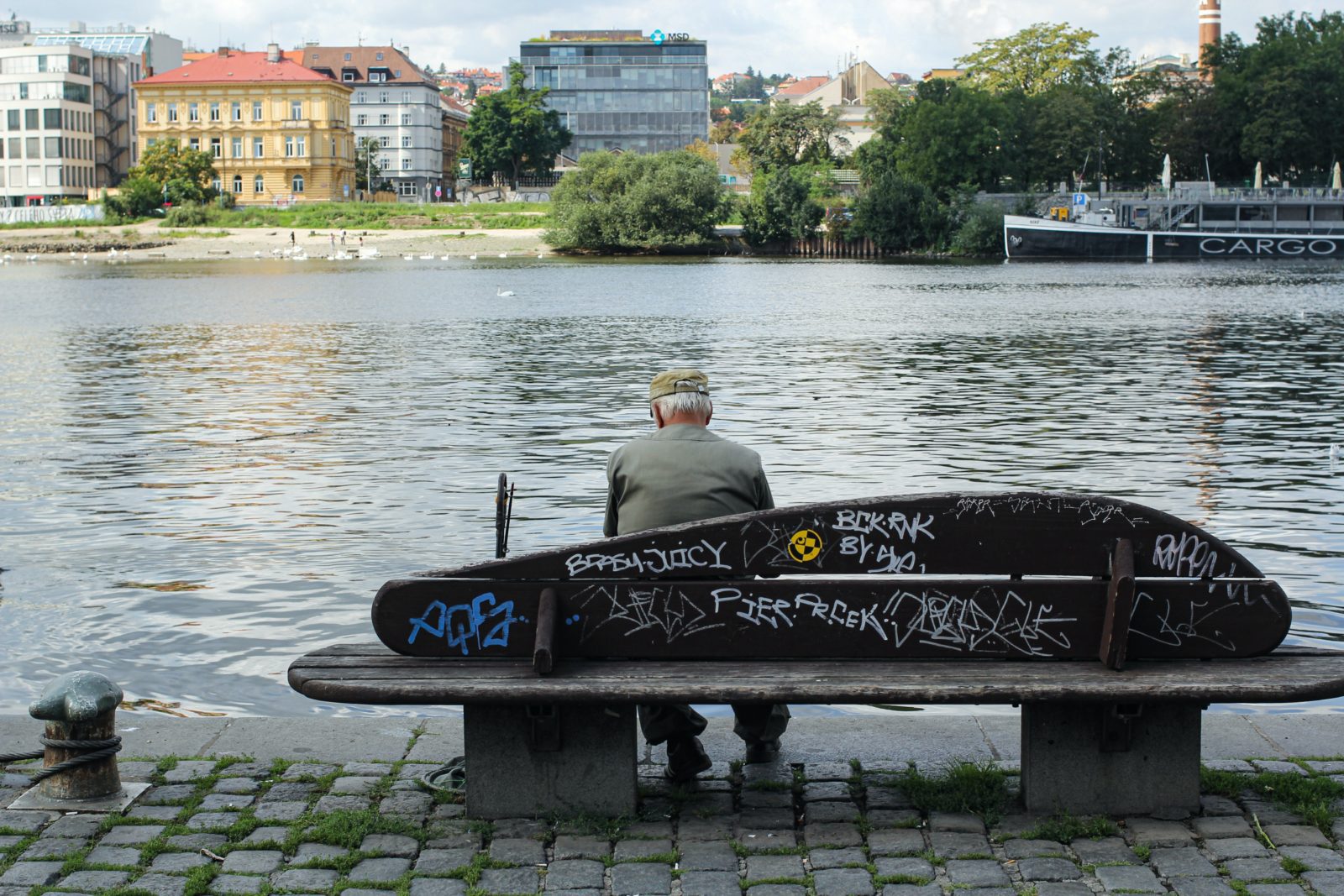A new Romani and Sinti Center is set to open in Prague next year, with plans to begin operating in November 2024. The center will be housed in a First Republic villa in Dejvice and will be built by the Romani Culture Museum (MRK). The center will feature a permanent exhibition on the Romani Holocaust, presentations by Romani artists, and educational programs for schools, according to MRK director Jana Horváthová.
Norwegian funds have funded the project, initially costing CZK 44.6 million, with CZK 28 million allocated for reconstruction and equipment. The winning company estimated the cost of reconstruction to be CZK 37.7 million. The center will also include a community center, a gallery for presenting art from MRK collections, and a smaller exhibition on the Romani Holocaust to complement the permanent exhibition at the Letná Memorial in Písek.
The villa will be expanded to include a basement lecture hall accommodating an entire classroom. Educational programs will be held regularly at the center, and the community center will be open to the public. Horváthová hopes that the center will become a showcase for the history and culture of the original Czech Roma. According to the MRK director, only 583 Roma returned from concentration camps after World War II. “That was a tiny group that was forgotten. Then (after the war) came the Roma from Slovakia, whose culture differed slightly from that of the original Czech and Moravian Roma and Sinti. They were very integrated into society, and their education was higher. The public practically does not know about them,” said Horváthová.
The idea for the center was proposed years ago by the former chairman of the Committee for the Compensation of the Romani Holocaust and descendant of survivors, Čeněk Růžička, who recently passed away. According to Horváthová, Růžička’s goal was for people to learn as much as possible about the original Roma from Bohemia and Moravia.
The Dejvice villa was built in 1936 and 1937 by textile industrialist Leo František Perutz, who died in Auschwitz in 1944. The villa was designed by architects Arnošt Mühlstein and Victor Fürth. Recently, the estate has been empty and occasionally used by filmmakers. In 2019, the museum acquired the villa from the state. The center was initially scheduled to open this spring, but the COVID-19 epidemic and rising costs delayed the project. The competition had to be repeated, and nine bidders participated. The winning company, První KEY-STAV, was also the cheapest, according to Horváthová.
The Romani Culture Museum was founded in 1991 as a civic association and became a contributory organization of the Ministry of Culture in 2005. In addition to the center, the museum manages and builds memorials at the site of the Protectorate’s camps in Letná in Písek and in Hodonín near Kunštát.





